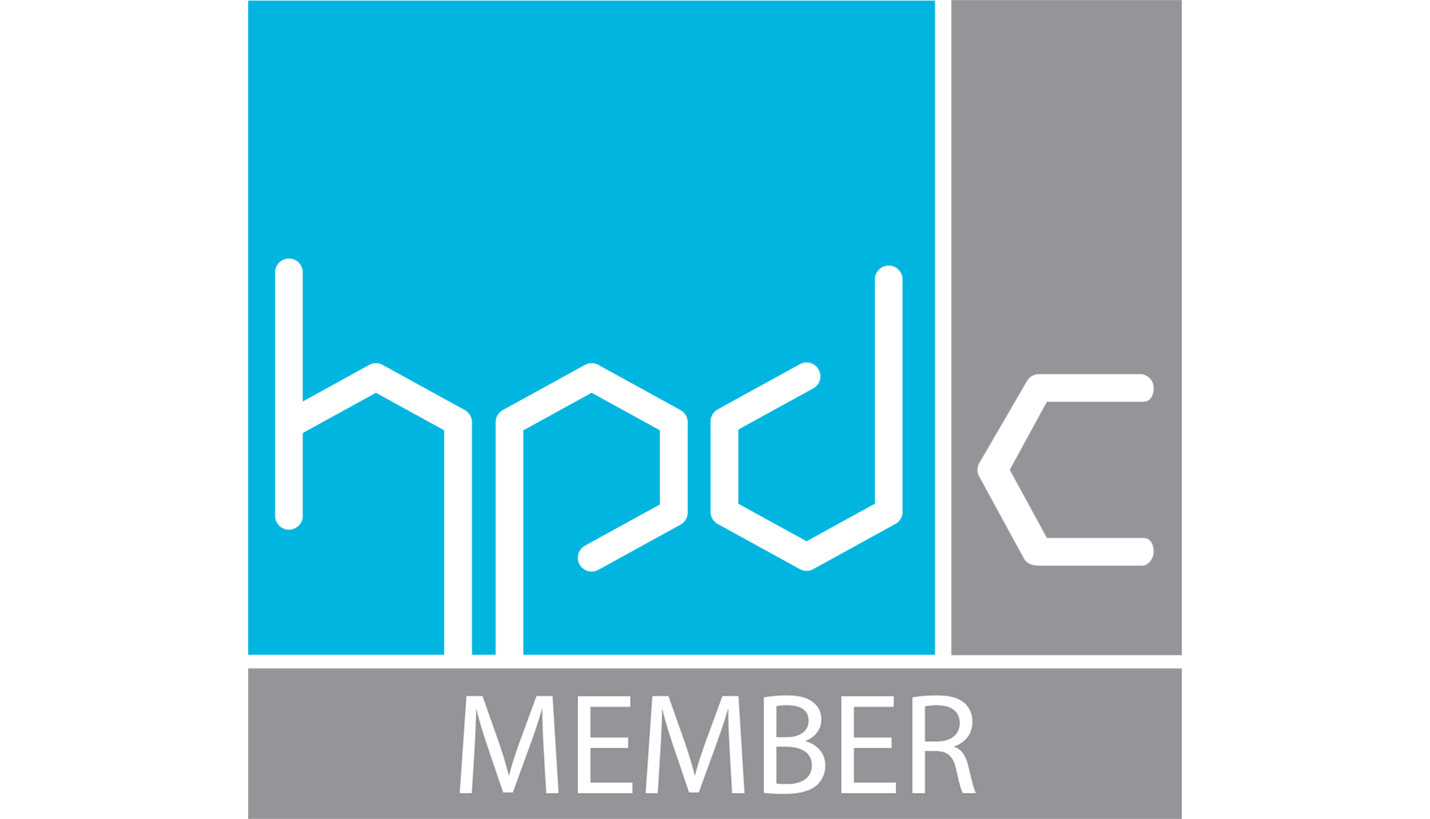Materials Matter: Identifying & Promoting Healthy Choices
Page has joined an industry movement that is committed to greater transparency of the chemical elements in the building materials we specify for clients. On average, Americans spend over 90% of their time indoors and deserve to be in built environments that do not sicken them. As with the food industry, which provides nutrition labels that allow us to make informed choices whether to consume those contents, the architecture industry is now asking manufacturers to similarly label their products.
To that end, Page now labels all information books on materials submitted for consideration by vendors to reflect the level of health and sustainability they meet. Using 13 different environmental labels, the Materials Matter system enables designers across all Page offices to immediately identify these preferred items on the design library shelves. The system supports designers’ abilities to make conscious choices in creating healthier environments for end users. We are also translating this information into an online resource that will show a broader range of products that go well beyond the representative selection we have in our libraries and allow research to be done at employees’ desks. We all can do our part by asking the nature of every material used on every project and what long-term effects it has on human and environmental health.
A key part of improving material health is the level of transparency that is offered by manufacturers and vendors. To promote greater disclosure of ingredients to enable a higher level of product understanding, Page has become a corporate member of the Health Product Declaration Collaborative. This organization is dedicated to creating a thriving community of practice around the HPD Open Standard. To learn more about HPDC as well as gain access to additional resources, visit www.hpd-collaborative.org.
Over the generations, many common materials that were taken for granted have turned out to be harmful to people and to the environment, such asbestos in multiple building products and lead in paint. Today, we’re far more knowledgeable about the effects these elements can have on us but architects, contractors and building users don’t yet always know what’s in the materials being promoted by manufacturers, and that has to change.
07/05/2016
Related Posts
- Materials Matter: Commitment to Improved Product Health
- 2400 Nueces Wins Green Award
- Aerial video tour of massive Exxon Mobil campus near The Woodlands
- The Beauty of Rammed-Earth Homes
- AIA Emerging Leaders Design A Healthier Community
- Page Acquires SST Planners
- How Big Is This? The Importance of Metrics











